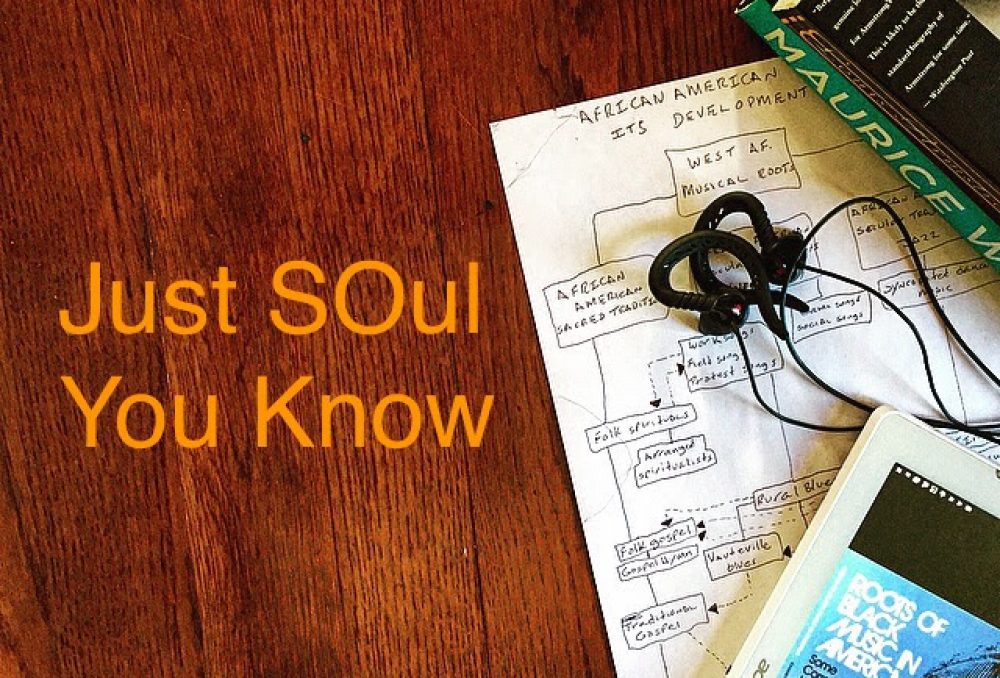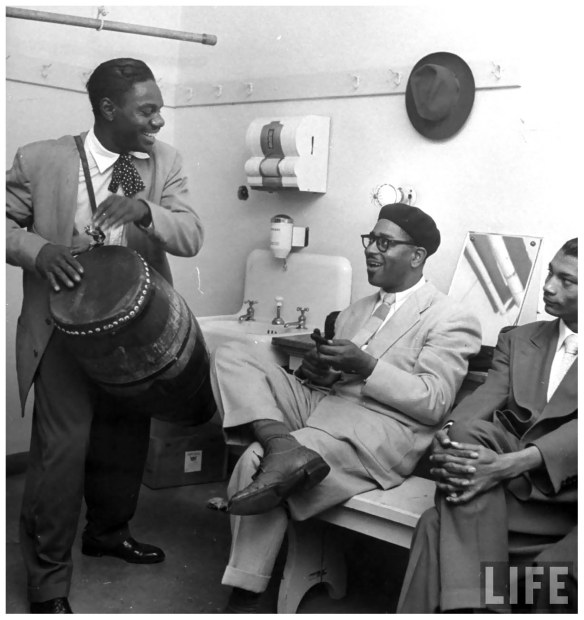Well folks we’ve come to an end of another Black Music Month. I hope you had the opportunity to listen to some great Black music all month long. For many of you that meant simply turning on your radio; for others it meant digging in your old crates for some of the best music ever recorded. As for me, it meant listening to some of my favorites as well as traveling around my city listening to live R&B, Blues, Soul, Jazz (I won tickets to the Playboy Jazz Festival for the Sunday night show. It was awesome in so many ways), and most importantly I had the chance to see a live performance one of my favorite groups, Loose Ends!
Although BMM has come to an end in terms of national recognition it however, doesn’t end for me. I listen to, talk about, think about, and appreciate Black music year round. So, the rest of the year is going to be just as awesome as the first half as I continue to appreciate great Black music, which brings me to my final photo of the month for you.
In the above photo is (from L to R) daughter of the late great Donny Hathaway, Lalah Hathaway with Rachelle Ferrell, Anita Baker, El DeBarge, and Dionne Farris. The photo was taken back stage at the 2010 Soul Train Music Awards after a grand tribute to Anita Baker for a career of excellence!
Anita Baker created music that could be truly appreciated in every sense of the word throughout her career. Her songs had and still have tangible music qualities, are memorable, and have meaning. In today’s music I feel (this is entirely my opinion) music has lost a large amount of its ability to be appreciated. Its lost most of its musical qualities, is far from memorable, and at times is meaningless. I know what I’m saying is harsh, but maybe a decent conversation needs to be had about the dismal state of some of today’s most popular Black music. The conversation should address the bastardization of R&B and Soul, the intense salacious imagery, and a landscape littered with individuals who fall way short of the excellence of Anita Baker! This Gen X’er envies the musical taste and sensibilities of the Baby Boomers and is completely lost the in the popular sounds of the Millennials. I’ll stop my rant here!
Appreciate, yes, I appreciate great Black music. Great Black music!
Enjoy the tribute below to Anita Baker by artists who have made quality music that is both memorable and has meaning enveloped in amazing vocal talent.









